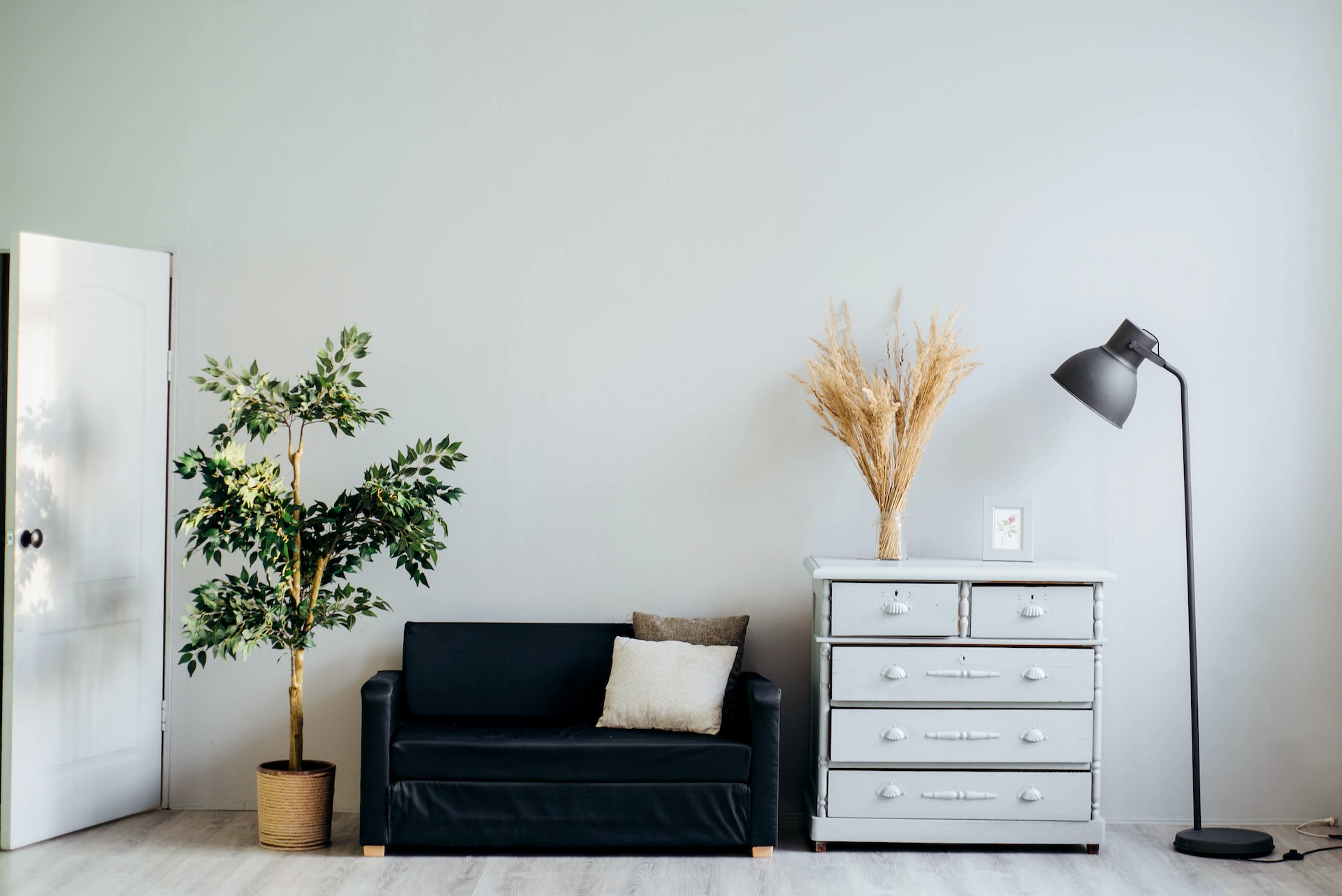Most people choose to secure furniture to the wall for one primary reason: safety. It’s much harder for a child or pet to accidentally tip over a piece of furniture that’s been bolted to the wall than it is for them to topple something that isn’t secured. Even if you don’t have young children or pets in your home, though, securing furniture to the wall can still be a good idea. If you live in an earthquake-prone area, for example, bolting down your furniture is one way to help prevent it from being damaged or destroyed if your home ever experiences tremors.
how to secure furniture to wall
There are a few different ways that you can secure furniture to the wall, and the best method for you will likely depend on the type of furniture you’re trying to secure as well as the material of your walls. For example, if you’re trying to secure a bookcase to a plaster wall, using screws and wall anchors would likely be your best bet. However, if you’re trying to secure a dresser to a brick wall, using toggle bolts would be a better option.
No matter what type of furniture you’re securing or what material your walls are made of, though, there are a few general tips that can help you get the job done more easily and effectively:
- Choose the right type of fastener. As we mentioned, different types of furniture and different wall materials will require different types of fasteners. Make sure to select the right type of screw, bolt, or anchor for your particular project.
- Use a level. Before you start drilling holes into your walls, it’s important to make sure that your furniture is level. Otherwise, you’ll end up with a piece of furniture that’s lopsided and looks sloppy. Use a bubble level to check for levelness both horizontally and vertically.
- Drill pilot holes. This tip applies whether you’re using screws, nails, or something else to secure your furniture. Drilling pilot holes first will make it easier to drive in the fasteners without damaging your walls.
- Be careful not to overtighten. When you’re securing furniture to the wall, it’s important not to overtighten the fasteners. This can damage both your furniture and your walls.
Types of furniture that can be secured to wall
- Bookcases
- Cabinets
- Desks
- Dressers
- Shelves
- TV stands
- And more!
When it comes to securing furniture to the wall, there are a few different options to choose from. The best method for you will likely depend on the type of furniture you’re trying to secure as well as the material of your walls. However, there are a few general tips that can help you get the job done more easily and effectively. With a little bit of effort, you can help keep your furniture safe from accidental tipping or damage in the event of an earthquake or other disaster.
Benefits of securing furniture to wall
Here are the few benefits:
- Prevents accidents: One of the main reasons people choose to secure furniture to the wall is to help prevent accidents. It’s much harder for a child or pet to accidentally tip over a piece of furniture that’s been bolted to the wall than it is for them to topple something that isn’t secured.
- Protects against earthquakes: If you live in an earthquake-prone area, bolting down your furniture is one way to help prevent it from being damaged or destroyed if your home ever experiences tremors.
- Ensures stability: Another benefit of securing furniture to the wall is that it can help ensure that the piece is stable. This is especially important for tall pieces of furniture like bookcases and cabinets.
